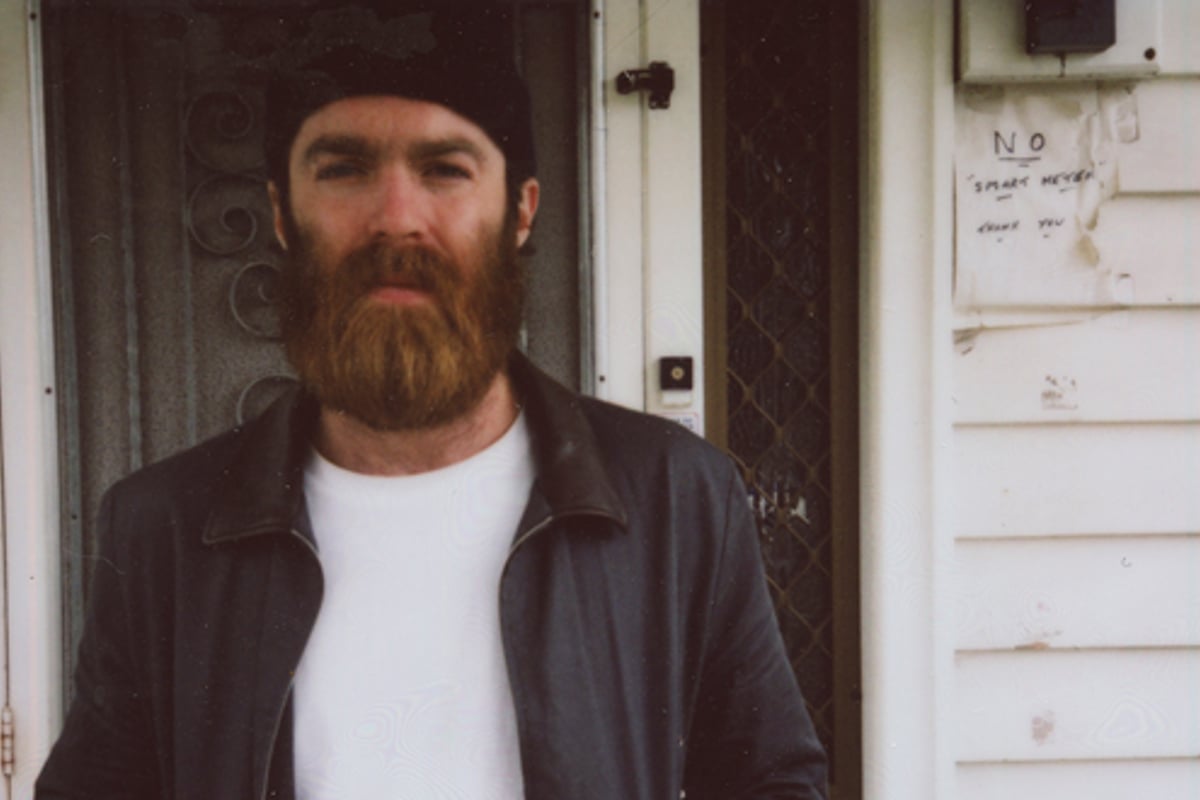Dossier: Chet Faker

When the ARIA nominations ceremony wrapped up last month there was one name on the industry’s lips: Chet Faker. Receiving nine nominations including an Artisan awards hat-trick for debut album Built On Glass, Faker, aka Nick Murphy, proved once again that major label backing does not necessarily an ARIA-winner make.
Future Classic, the Sydney-based indie co-founded by Nathan McLay, has been, for the most part, the quiet enabler of many of Murphy’s triumphs; navigating and negotiating the industry by striking key relationships and putting into play careful tactics. “Every now and then you just see an artist in that light, and it all connects and clicks,” says McLay. “You see that they’re the real deal.”
In 2011 Murphy recorded a cover of Blackstreet and Dr Dre’s 1996 track No Diggity for a friend, when Melbourne native Evet Jean, founder of magazine-turned-music-company Opulent heard the track on SoundCloud and got in touch about potential representation. “I was interested in the idea of doing a small label, so I initially asked him if he wanted to release his first EP under Opulent,” says Jean over the phone from Brooklyn, the city he and Murphy now call home. No Diggity eventually hit #1 on Hype Machine in May of that year, and as Murphy set to work on a debut EP Jean realised his role with Chet Faker was much too close for an artist/label dynamic. “I was like ‘I’m giving you so much help I may as well be your manager’,” he laughs.
Penned over two years and produced by Murphy himself, Thinking In Textures was released through Opulent and Remote Control in 2012, peaking at #38 on the ARIA chart. That March, Murphy’s showcases at South By lead to a swathe of offers from overseas labels and agencies. Eventually, Murphy inked a deal with Downtown Records for North America, who released the EP in June.
The next time he went to SXSW however, Murphy had a formidable team behind him. After Jean sent McLay early album demos, McLay signed him to Future Classic in early 2013 for the world excluding US. Artist Voice was brought on as his local booking agent, Mushroom his publisher and Warner Music his physical distributor and radio plugger. He was then licensed to PIAS for Europe and booked by Lucy Dickens at ITB, who became his UK agent after catching him at The Great Escape festival in 2012.
His follow-up EP, last November’s Lockjaw, was written and produced in collaboration with label mate Flume; it went Gold, vinyl pre-orders were huge, and it was nominated for an ARIA in the Best Dance Release category. By February, pre- order sales for Murphy’s debut LP had surpassed 5,000. “It’s one of those things that I think when people put it on at a dinner party or what have you, it will spread via word of mouth,” says McLay. “I think over summer that’s likely to happen.”
When Built On Glass was released on April 14, it topped the ARIA albums chart for two weeks. His album tour through June and July sold out, as did the three extra dates at The Forum in Melbourne and the two extra Enmores in Sydney. Ultimately, Murphy performed to more than 25,000 fans at 18 shows.
Following the mainstream limelight that coincides with a history-making ARIA achievement (his LP’s Artisan Award sweep is the first occurrence since Silverchair’s Diorama in 2002), Future Classic is finally looking to tap commercial radio. “We’ve only dipped our toes in it very gently,” says McLay “It’s something we’re starting to concentrate on now. Gold has been put on a few people’s desks…”
The label also makes clear its intention to start targeting the US. “The US market’s really slow,” says Jean. “It’s not like Australia, you invest more at the start and it goes into big chunk waves, whereas America it’s really slow – if you can keep it going.”
In truth, Murphy had much of the US in his pocket very early on. No Diggity was used as a sync for a Beck's commercial during the Super Bowl in February and Triple A Radio is still spinning tracks following the LP’s #158 peak on the Billboard 200.
“It’s a record that would take time, if that makes sense,” says Jean. “It’s happened here in America. More commercial radio has started to pick up on it and I think it will progress through it.”
Photograph:Lisa Frieling
This article is taken from the November issue of the Australian Music Business Review.If you'd like a hardcopy of themagazine please contact us.






























